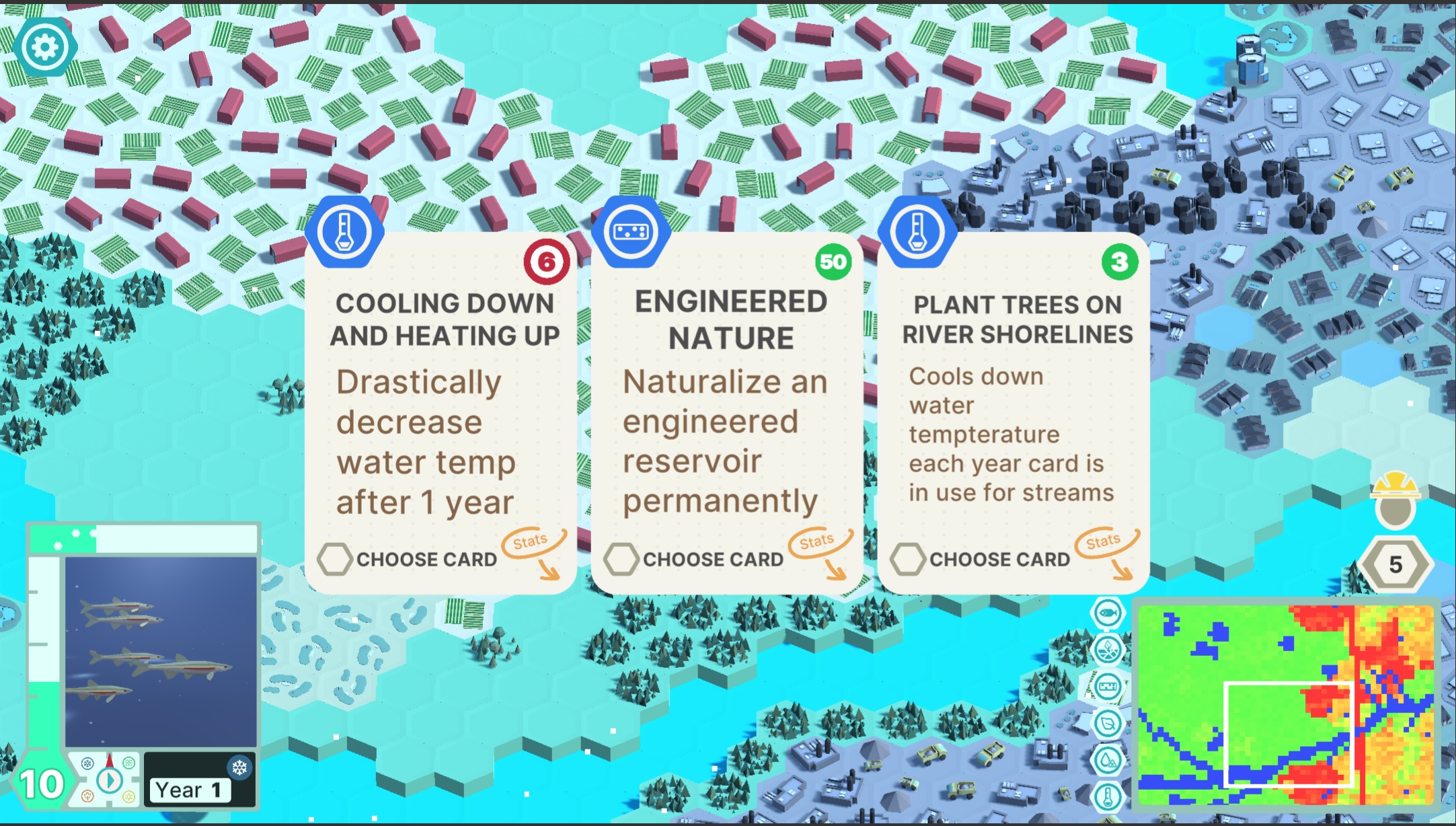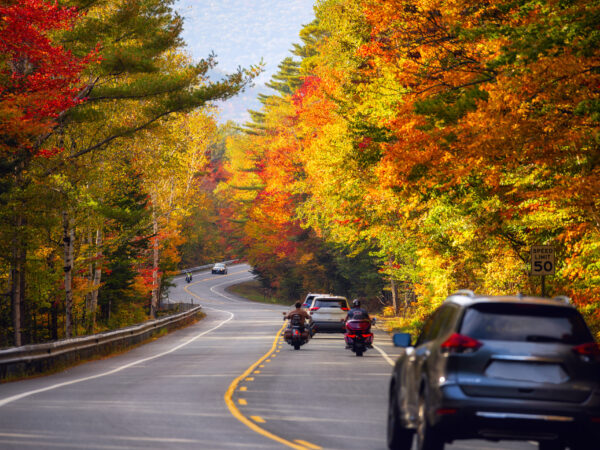
Great Lakes Moment is a monthly column written by Great Lakes Now Contributor John Hartig. Publishing the author’s views and assertions does not represent endorsement by Great Lakes Now or Detroit Public Television.
Today, many educators are experimenting with unique forms of instruction to increase student engagement in the classroom and encourage critical thinking. To help accomplish this, researchers from the University of Windsor and Sheridan College have developed a new video game, myWATERSHED, to train and empower youth to take on the challenge of ecological restoration and reconnect with nature.
Many young adults learn best through experience, either by participating in hands-on activities or by observing other people. This is what educators call experiential learning – a method that encourages students to experience their learning firsthand through hands-on experiences and reflection, allowing them to apply their knowledge to a real-world situation. This type of learning is more interactive and student-centered and is a less structured approach than direct instruction.
Like outdoor activities and team-building exercises, video games may be considered a form of experiential learning. myWATERSHED is considered a sandbox video game in which the players are not constrained to achieving specific goals and have a large degree of freedom to explore, interact with, or modify the game environment.
Today, there is a pressing need for university students to learn the knowledge and leadership skills necessary to apply in the real world, yet traditional classrooms offer limited opportunities to plan and implement restoration programs. To train and empower youth to take on the challenge of ecological restoration and reconnect with nature, the myWATERSHED game has created a digital twin of the Great Lakes that allows learners to engage in restoration using a simulated endangered species restoration effort.
“By combining the expertise of Adam Clare (Sheridan College) in game design with the University of Windsor team’s expertise in restoration ecology, freshwater ecology, and the scholarship of teaching and learning, we created a unique and interactive learning tool that students are using to creatively explore the challenging complexity posed by real-life problems in restoration,” said Dr. Isabelle Barrette-Ng, chair of the Department of Integrative Biology at the University of Windsor and co-executive producer of myWATERSHED. “Students can see in real time how their ideas for possible restoration solutions impact different aspects of our realistic simulation of genuine and current problems facing the redside dace in the Humber River watershed. As a result, students are learning key principles of ecology at a deeper and more personally meaningful level.”

The myWATERSHED video game teaches watershed management. (Photo courtesy of University of Windsor, Department of Integrative Biology)
The redside dace is a colorful minnow that reaches a maximum length of four-and-a-half inches. In the spring, it develops a bright red stripe along the front half of the body and a brilliant yellow stripe above. This minnow is unique in that it literally leaps out of the water to eat flying insects. The redside dace likes cool clear streams with deep pools and shallow rocky riffles. It needs clear water to see insects for feeding.
Over 80% of the redside dace in Canada live in the Greater Toronto Area, including the Humber River, where there is lots of human development. They are also considered an indicator species of ecosystem health. For example, once the streams they inhabit get turbid or too warm, redside dace die off. Because this species is threatened by development, it is listed as an endangered species in Ontario and Indiana, as a threatened species in Michigan, and as a species of special concern in Wisconsin.
Redside dace is an iconic “species at risk” fish in the Great Lakes that is on the brink of extinction from urbanization,” said Dr. Trevor Pitcher, director of the University of Windsor’s Freshwater Restoration Ecology Centre and scientific expert to this project. “As such, they serve as a great species to profile in our video game to encourage students to learn about their impact on the ecosystem.”
For more information about myWATERSHED and how to play, visit myWATERSHED.ca.
Catch more news at Great Lakes Now:
Great Lakes Moment: Rouge River Revived
Featured image: The myWATERSHED video game teaches watershed management. (Photo Credit: University of Windsor, Department of Integrative Biology)
1 Comment
-
id=IwAR1lU_7VUfL6vGzVYM8bXXcjhXj0fErv0k_UXZ_hjFJ0xjK_H5F5f2z5r5gThis is a great article that highlights the importance of teaching people about watershed management. It’s great to see a video game being used as a tool to educate people on the subject. Kudos to the team behind this project!




